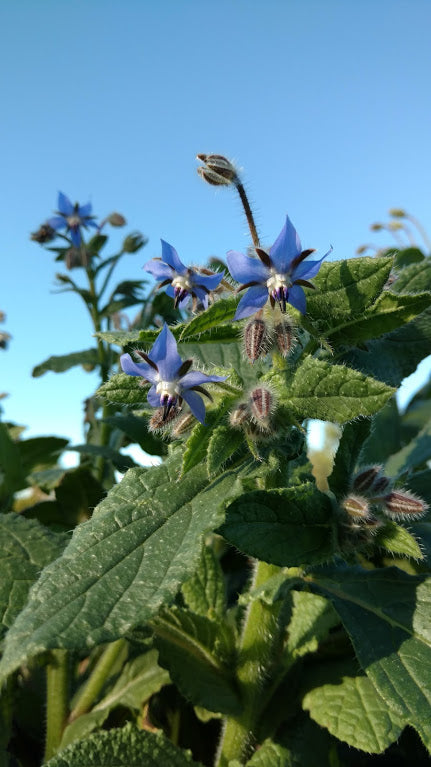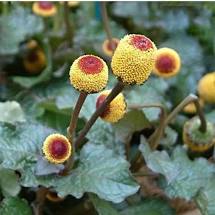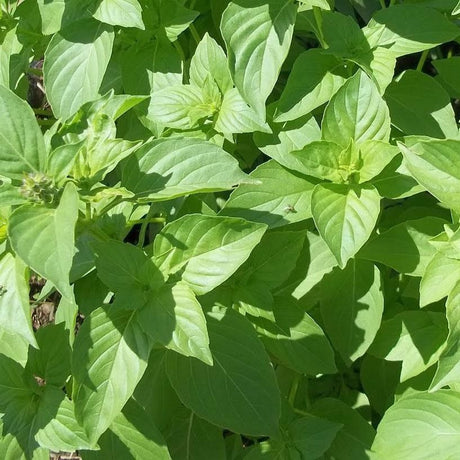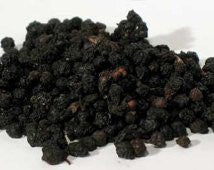
11 Uses for Borage
I LOVE BORAGE! Yes, I am that excited to share this info with you. Borage is an old plant that has a number of medicinal properties and culinary uses. It...
Mary Smith |
Welcome to our store Learn more

I LOVE BORAGE! Yes, I am that excited to share this info with you. Borage is an old plant that has a number of medicinal properties and culinary uses. It...
Mary Smith |

Toothache plant is an often overlooked herb. It is so unique and colorful. What is Toothache Plant? Spilanthes oleraces, Toothache Plant, is a medicinal herb that's been used for generations...
Mary Smith |

Basil is a favorite for most home gardeners and homesteaders. It's easy to grow and usually prolific. At Mary's Heirloom Seeds, we offer quite a few unique varieties such as...
Mary Smith |

We make quite a few organic herbal remedies here including tinctures, salves and herbal syrups. Today we made more Organic Elderberry Syrup using organic dry elderberry. *One of the benefits...
Mary Smith |

Another one of my favorite heirloom varieties is the Thai Roselle, also called Jamaican Sorrel, Florida Cranberry or Red Thai Hibiscus. This is another unique variety that would make a...
Mary Smith |

After sharing our DIY Calendula-Infused Oil we received so mach positive feedback and questions about Calendula. Mainly "What is it used for?" I use our homemade Calendula Oil for any...
Mary Smith |

Last year I started making my own Calendula Infused Oil. At first i was a bit frustrated because I didn't see many specific instructions. You know, with real measurements. So...
Mary Smith |

First let me start by saying that there is no quick fix or perfect concoction that works for everyone to boost Metabolism. There is no magical "cure." What I have...
Mary Smith |

Have you ever considered the "medicine" available to you, grown in your own backyard (or farm). From Basil to Coneflower and even Thyme, there are so many reported health benefits...
Mary Smith |

Before I get into any more tincture recipes I thought I'd share another one of my favorite herbs. Feverfew is actually a flowering plant. It can be grown for it's...
Mary Smith |

Making your own herbal home remedies is easy. Herbal tea is a great start but Tinctures can be a much stronger alternative. The cost to purchase 2 ounces in the...
Mary Smith |
source I love tea! My sisters and I grew up drinking English tea with our Gran so every time I brew a cup I think of Granny. With the start...
Mary Smith |
Have you ever considered the "medicine" available to you, grown in your own backyard (or farm). From Basil to Coneflower and even Thyme, there are so many reported health benefits...
Mary Smith |